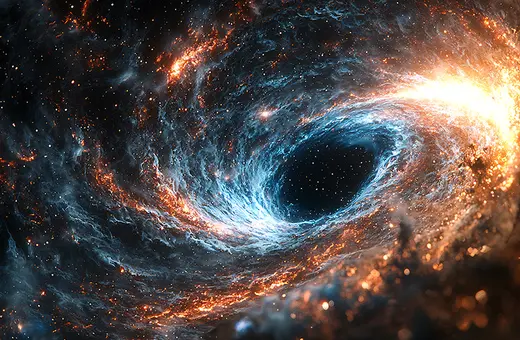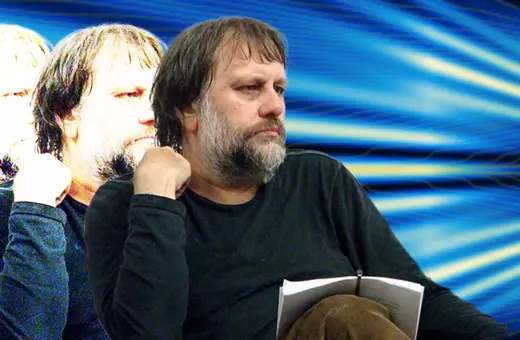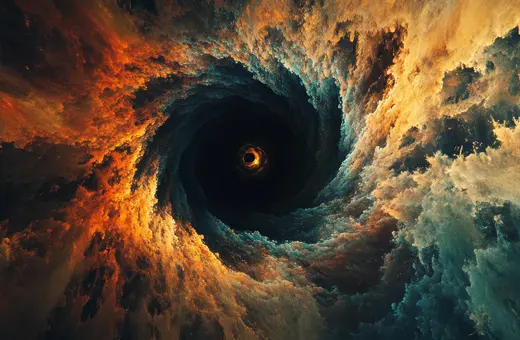Everyone from physicists like Michio Kaku to Marvel superheroes propagate the idea of the multiverse - an infinite set of parallel universes. But Jacob Barandes argues that any talk of multiverses is nothing more than wild speculation, be it in quantum mechanics or cosmology, and that physicists and philosophers are not doing the public a service by suggesting otherwise.
“Extraordinary claims require extraordinary evidence.” –Carl Sagan
Our solar system is only a small part of an enormous galaxy, and our universe is filled with many billions of other galaxies. These are extraordinary claims, but we have extraordinary evidence to back them up, including vast amounts of direct photographic data from telescopes.
Readers may have heard that according to a particular interpretation of quantum theory, we’re living in a “quantum multiverse” consisting of parallel realities that exist “in superposition.” And according to certain lines of research coming out of string theory, our observable universe is only a small part of a vast “cosmic multiverse” containing other regions of space in which the fundamental laws of physics are substantially different.
These are extraordinary claims, too, but we don’t have extraordinary evidence for them – not by a long shot. As such, any talk of multiverses – whether the quantum kind or the cosmic kind – is nothing more than wild speculation at this point. With all due respect, physicists and philosophers are not doing the public a service by suggesting otherwise, even when they include caveats.
 SUGGESTED READING
The multiverse under fire
By Alexis Papazoglou
SUGGESTED READING
The multiverse under fire
By Alexis Papazoglou
Before I can explain the motivation behind the idea of a quantum multiverse, I’ll need to talk about the axiomatic formulation of quantum theory, as introduced by Paul Dirac and John von Neumann in the 1930s. The Dirac-von Neumann axioms are a set of basic principles that form the operational core of most textbook treatments of quantum theory today. Accordingly, I’ll refer to this basic version of the theory as “textbook quantum theory.”
The first half of the Dirac-von Neumann axioms collectively assert that when we model a physical system using textbook quantum theory, we’re supposed to introduce a specific collection of esoteric mathematical entities, which I’ll describe in more detail later. If the physical system is closed off from exchanging information with its environment, then we’re supposed to regard these mathematical entities as functions of time according to the Schrödinger equation.
___
This point merits reiterating: no experiment has ever actually seen an atom in two places at once, let alone a cat being both alive and dead, and the Dirac-von Neumann axioms do not say such things, either.
___
The ingredients of the second half of the Dirac-von Neumann axioms consist of prescriptions for turning these mathematical entities into predictions about measurement outcomes, probabilities of measurement outcomes, and statistical averages of measurement outcomes weighted by probabilities of measurement outcomes.
I keep repeating the term “measurement outcomes” here because the only connection the Dirac-von Neumann axioms make between textbook quantum theory and the real world is through measurement outcomes, measurement-outcome probabilities, and statistical averages of the former over the latter. The Dirac-von Neumann axioms don’t make any statements about anything else in the real world.
In particular, the Dirac-von Neumann axioms don’t support oft-heard statements that an atom can be in “two places at once,” or that a cat can be “alive and dead” at the same time. This point merits reiterating: no experiment has ever actually seen an atom in two places at once, let alone a cat being both alive and dead, and the Dirac-von Neumann axioms do not say such things, either.





















Join the conversation